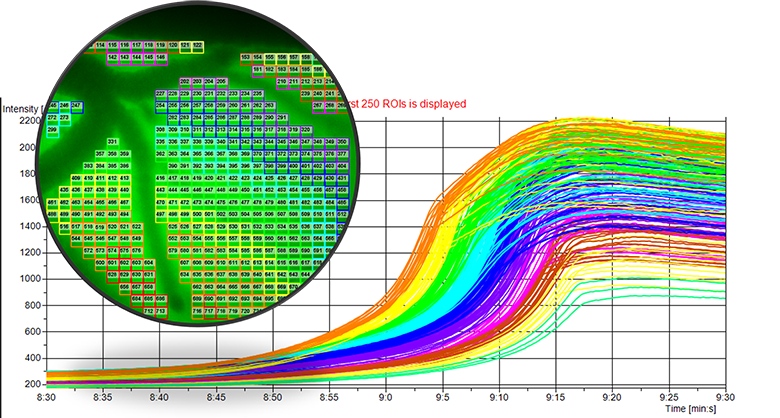Projects
Chasing Tsunamis
Spreading depolarizations or “brain tsunamis” are powerful waves of activity that spread across the cortex and are involved in a number of brain diseases including epilepsy. They are probably a fairly common occurrence but understanding their physiology and significance has been a challenge since they are very difficult to detect without invasive measures. They can be clearly seen moving across the brain with optical intrinsic signal imaging (OISI). We believe this may hold clinical potential, but we are currently studying what is referred to as the “coupling problem” to better understand how to interpret the changes seen with OISI relative to more established indicators of brain electrical activity. Using high-speed, multi-channel microscopy, we are imaging the brains of rodents to understand the spatial and temporal movement of OISI captured spreading depolarizations relative to calcium channel imaging.






